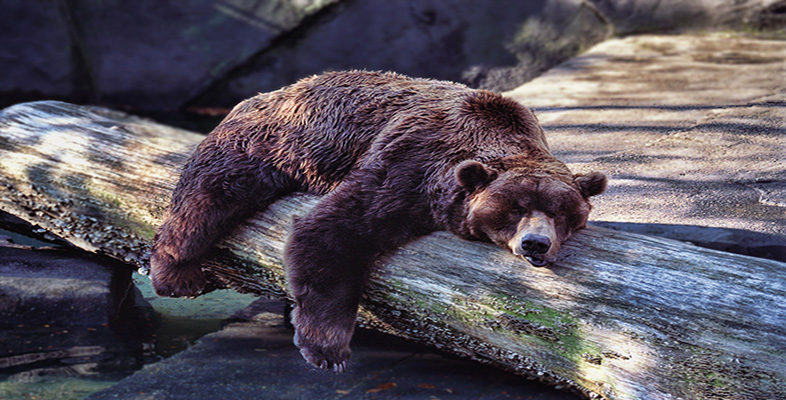3.6 Length of torpor bouts in hibernation
It is obvious that there is a very high energetic cost to arousal, and an even higher one to the periods of euthermic wakefulness prior to re-entering torpor. If an animal could simply enter torpor once, and arouse 2, 4 or 6 months later, depending on the environment, it would represent a huge energy saving. Thus, it has been assumed that either prolonged torpor is physiologically impossible, or there is some strong selective value to the species in regular arousal. In the case of some small species of mice, which cannot store very much energy as fat and therefore build up a cache of seeds in their hibernacula, periodic arousal to feed is explicable, as is arousal to forage in those species that do not make food stores. For most species, however, there is no such obvious rationale. Larger animals tend to have lower metabolic rates than smaller animals, but tend to have longer euthermic intervals.
